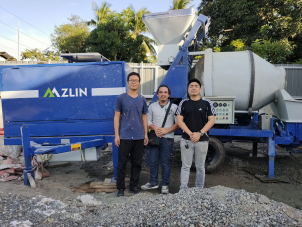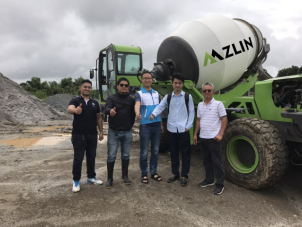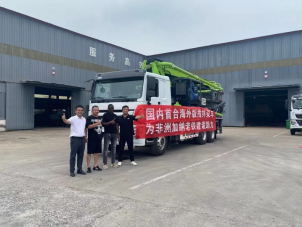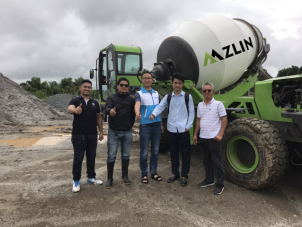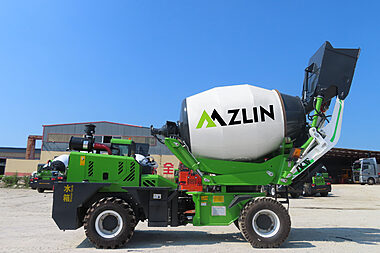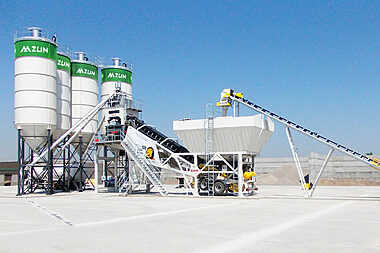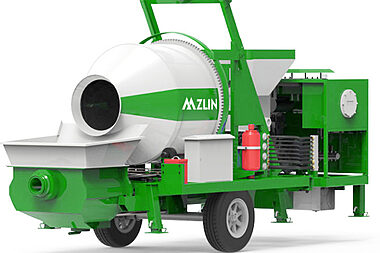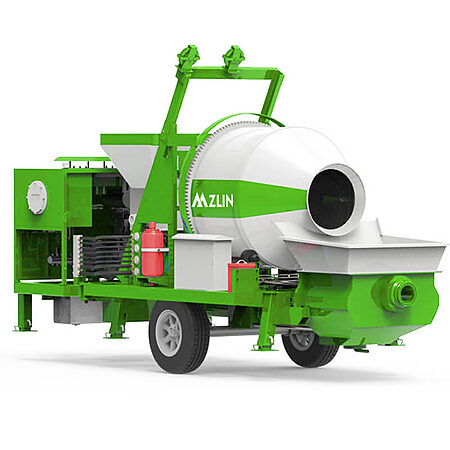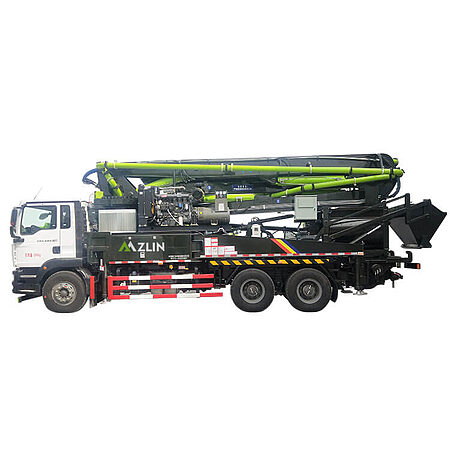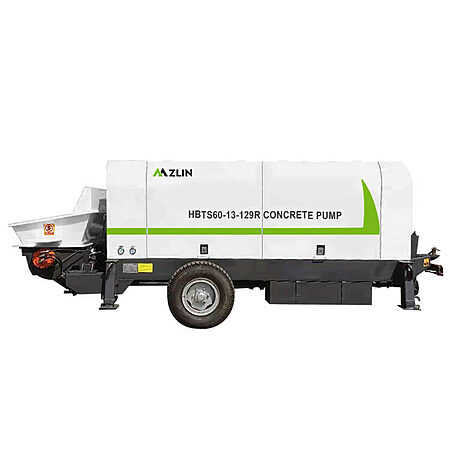Operators of construction machinery have a major impact on their personal safety and the safety of others on the job site, as well as the maintenance costs and longevity of the machinery they use. This power stems from the ability to conduct quick and thorough heavy equipment inspections before and after the job.
These inspections are critical for worker safety near machines and essential for preventive maintenance. Before and after entering any taxi, the operator should take a look and check the items listed below. Of course, some heavy equipment has individual parts, functions or other variables that require specialized inspection areas; see the machine’s operating manual for specific instructions and recommendations.
It also goes without saying that devices that show signs of damage or have any other issues should not be used until the situation is fully resolved. Nonetheless, we started because it was critical.
Checklist for heavy equipment inspections.
Make sure there are no obvious leaks or fluid buildup under the machine; if there are, the cause must be identified and repaired.
Check tires, rims and chassis for dirt or debris buildup, excessive wear and any visible damage; failures in these areas can create significant safety concerns and reduce machine performance.
Check fluid levels to ensure adequate engine oil, hydraulic fluid, coolant, diesel, diesel exhaust fluid (DEF), and other necessary fluids; too little will degrade performance and potentially cause serious damage.
Remove any dirt, mud, debris or other things from the radiator and other engine parts, as well as the engine compartment. All engine components must be able to move. Breathe and cool down normally, but foreign body build-up can get in the way of all this.
Check air, gasoline, oil, and other filters for damage or leaks; replacing a faulty filter is often cheap and simple, but it’s not always the same as the harm that an untreated filter problem can cause.

